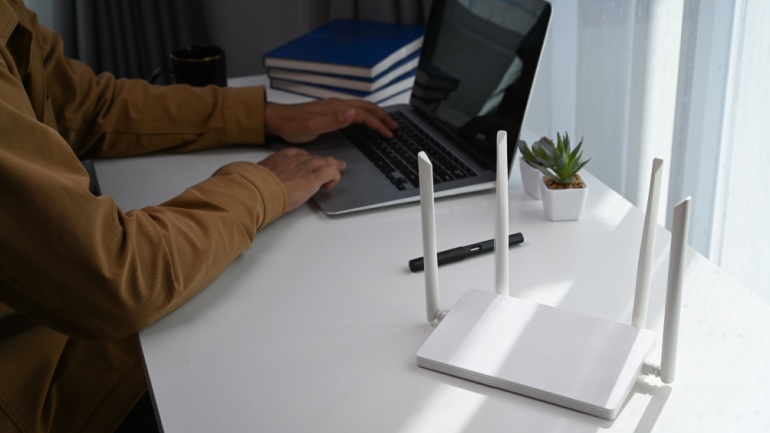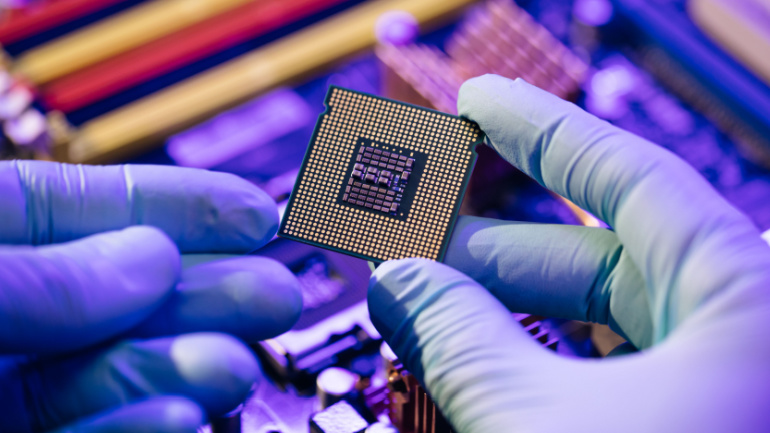Infobip, the global cloud communications platform, and Nokia today announced a partnering agreement that will enable the global developer community to leverage both companies’ Application Programmable Interface (API) platforms to build a wider array of telco network powered applications faster for consumer, enterprise and industrial customers.
Nokia and Vodafone have recently achieved a significant milestone in internet technology, claiming to have conducted the world’s first trial of L4S technology over an end-to-end PON (Passive Optical Network). This breakthrough, they assert, holds the potential to eradicate lag during activities such as gaming and video calls.
Nokia, DOCOMO, Fujitsu, NEC, and NTT have established a collaboration to design and develop critical 6G technologies. In proof-of-concept (POC) experiments, next-generation mobile technologies will be focused on the sub-terahertz band and AI-enabled interfaces. The partnership will concentrate on two proof-of-concepts for upcoming 6G technologies: an AI native air interface and sub-THz radio access. These seek to prove that an AI-based 6G air interface outperforms a traditional air interface in terms of performance, and that high-data-rate beamformed access can be obtained in a high frequency band at 140 GHz. Nokia thinks that 6G will not only improve on existing technologies and systems, but will also expand and revolutionize the capabilities of a network. It will bring together the human, physical, and computer realms in order to unleash the full human potential. Nokia has identified six important technologies that will be critical components of future 6G networks in order…
Vodafone, in partnership with Nokia, has released a machine learning (ML) solution, operating on Google Cloud, to rapidly detect and eliminate network anomalies before they affect Vodafone’s end customers. Built using Nokia Bell Labs technology, the Anomaly Detection Service automatically recognizes unusual behavior in a mobile cell area. Typically, this behavior, if unnoticed for a prolonged period of time, could affect the quality of service. The solution gives Vodafone engineers the ability to rapidly resolve issues such as congestion on mobile sites, interference, unexpected delays, difficulties in transferring calls between different cells and call setup failures. Besides anomaly detection, the algorithm also pinpoints patterns of change that allow Vodafone to address performance issues before they affect the customer. The operator forecasts that the anomaly detection service will be able to automatically detect and resolve 80% of mobile network problems and capacity needs. This new innovative solution is…
Nokia announced on Monday that Deutsche Telekom (DT) has chosen the Finnish multinational telecommunication provider to convert DT’s optical network into a service-oriented platform. The transformation will allow Deutsche Telekom to provide its customers with an improved service quality experience, by upgrading the existing network to an expansive and automated one. The use of automation will help the operator to simplify and organize operational tasks to make more efficient use of network resources. Deutsche Telekom will adapt Nokia’s optical transport portfolio to become a higher-capacity, self-regulating network that meets residential and Industry 4.0 requirements. This gives Nokia the opportunity to promote its ‘Wave’ Brand optical transport portfolio: the Nokia WaveFabric service-ready platforms and the Nokia WaveSuite software portfolio, that includes the Nokia 1830 Photonic Service Switch (PSS) provided by the PSE- V family of coherent DSPs (digital signal processors). This solution will revolutionize Deutsche Telekom’s optical backbone network…
The European Commission (EC) has appointed Nokia, a Finnish international telecommunications, information technology and consumer electronics company, to supervise Hexa-X, a primary 6G research project aimed at boosting the continent’s progress in developing the technology. The two-and-a-half-year Hexa-X initiative was funded by Horizon 2020, the EU’s research, and innovation program, and will start on January 1, 2021. The project is aimed at connecting the physical, digital and human worlds, firmly embedded in future wireless technologies. The project is led by Nokia, which coordinates the efforts, with Ericsson being assigned as the technical manager. The partners in the consortium are from academia and industry, including service providers, network providers and European research institutes. The partners include Orange, TIM, Telefonica, Intel and Siemens. The Finnish service provider said in a statement that it expects 6G to become commercially operational by 2030, following a normal ten-year intergenerational cycle and taking…
Keysight and Nokia Bell Labs collaborate to tackle high-frequency challenges in mobile technology, exploring the potential of D-band and E-band frequencies, dubbed “subterahertz,” for 6G applications such as augmented reality and autonomous transportation.
Australia’s National Broadband Network (NBN) has marked a historic milestone by utilizing cutting-edge 100G PON technology to achieve speeds of 83 Gbps on its live full fibre access network. This breakthrough, claimed as a world first, signifies a significant leap in broadband capabilities for Australian consumers.
A research team led by Professor Wang Cheng from the Department of Electrical Engineering (EE) at City University of Hong Kong (CityUHK) has developed a world-leading microwave photonic chip that is capable of performing ultrafast analog electronic signal processing and computation using optics.
Networking the future with simple text or voice commands? That’s what Nokia’s Bell Labs envisions with their new AI-centric technology – Natural-Language Networking. This breakthrough could revolutionize how network resources are managed by learning user needs over time, resulting in a self-regulating and adaptive system. As a pivotal part of the ambitious UNEXT programme, this technology simplifies network management, aiming for a seamless yet independent functioning of all network elements. An interactive OS that learns and anticipates need – the future of telecoms is unfolding right now.













